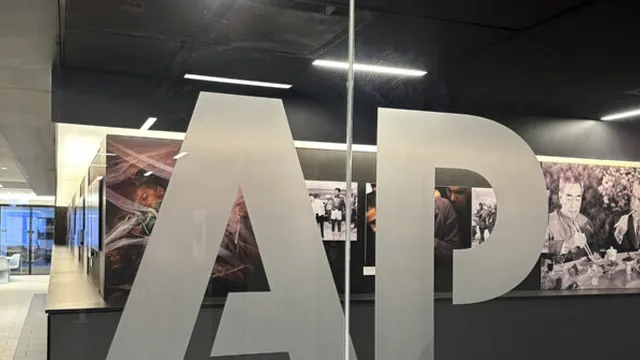
Court declines to enforce access for AP journalists amid Trump administration disputes
2025-04-18 23:49- Judge McFadden issued a ruling that indicated the AP cannot be barred from events based on viewpoint discrimination.
- The White House has enacted new press guidelines while still allegedly limiting AP access to key presidential events.
- The ongoing dispute highlights important issues regarding media access and First Amendment rights in the Trump administration.
Express your sentiment!
Insights
In the United States, a recent legal conflict has unfolded involving The Associated Press (AP) and the Trump administration concerning press access. A federal judge, Trevor N. McFadden, previously mandated that the administration could not block AP journalists from covering presidential events. This ruling stemmed from a broader debate regarding the exclusion of AP due to the outlet's refusal to rename the Gulf of Mexico, as requested by President Trump. Despite the ruling, the White House continued to develop policies restricting access, leading to significant tensions and questions about First Amendment rights related to free speech and press freedoms. Lawyers representing both parties argued intensely in court, with AP contending that its journalists have been unjustly blacklisted after refusing to adopt language favored by the administration. This issue has deep implications for equal access to government officials and the media's ability to report independently. As recent judicial proceedings unfolded, two significant developments occurred: the Trump administration issued new press guidelines, and Judge McFadden chose not to advance his previous ruling, suggesting that it is too early to claim the administration is in violation of his order. The AP's request for improved access was partly rooted in the belief that the administration was attempting to control the narrative by excluding specific outlets based on their editorial choices. In contrast, the Trump administration argued its right to control the press pool and maintain message control while also stating that they had established a new rotation system for press events, which coincided with AP’s lack of access. During the legal proceedings, both sides attempted to substantiate their claims, but the outcome remained uncertain as the appeals process continued and the case served as a litmus test for press freedoms in the current political climate. As of now, AP has received some access to White House events but has consistently reported being excluded from key locations, such as the Oval Office and Air Force One, creating an ongoing strain in the relationship between the press and the administration. The changing dynamics reflect broader concerns regarding journalistic freedoms and governmental accountability, grounded in constitutional law under the First Amendment. This battle over press access continues to unfold, with ramifications not just for AP, but for media organizations nationwide as they grapple with similar issues of access.
Contexts
Press access rights in the United States are grounded in the First Amendment of the Constitution, which guarantees freedom of speech and the press. This legal framework has facilitated a vibrant and diverse media landscape, enabling journalists to gather and disseminate information critical to the functioning of democracy. Over the years, various legal precedents and federal laws have reinforced the right of the press to access information and to conduct investigations without undue interference. However, the application and interpretation of these rights often face challenges, particularly in the context of national security, law enforcement, and public safety concerns. The legal landscape for press access is shaped by key Supreme Court decisions, which have delineated the boundaries of press freedoms. For instance, cases like New York Times Co. v. United States have affirmed the right of the press to publish government documents, even when such publications may conflict with governmental interests. Nevertheless, the government has sought to impose restrictions in certain situations, notably under the guise of protecting classified information or in response to perceived threats to public order. In recent years, the advent of new technologies and social media has further complicated the issue, as traditional definitions of press access rights are challenged by the rise of citizen journalism and the quest for accountability in a fast-paced information environment. State laws also play a significant role in shaping press access rights, often varying significantly from one state to another. Some states have enacted shield laws designed to protect journalists from being compelled to reveal their sources, thereby encouraging whistleblowers and promoting investigative journalism. These laws help ensure that the press can operate with a degree of independence and confidentiality, which is paramount for effective reporting. However, legal battles continue over the extent and limitations of these protections, particularly in cases involving public officials or sensitive political matters. Additionally, the evolving nature of press access rights signals the need for ongoing dialogue between media entities and governmental bodies to address emerging challenges. Issues like access to public documents and regulations regarding press coverage of public events remain contentious. As social media becomes an increasingly dominant force in how information is disseminated, understanding and adapting access rights to this dynamic landscape will be critical for journalists and policymakers alike, ensuring that the core values of transparency, accountability, and free expression remain at the forefront of American democracy.